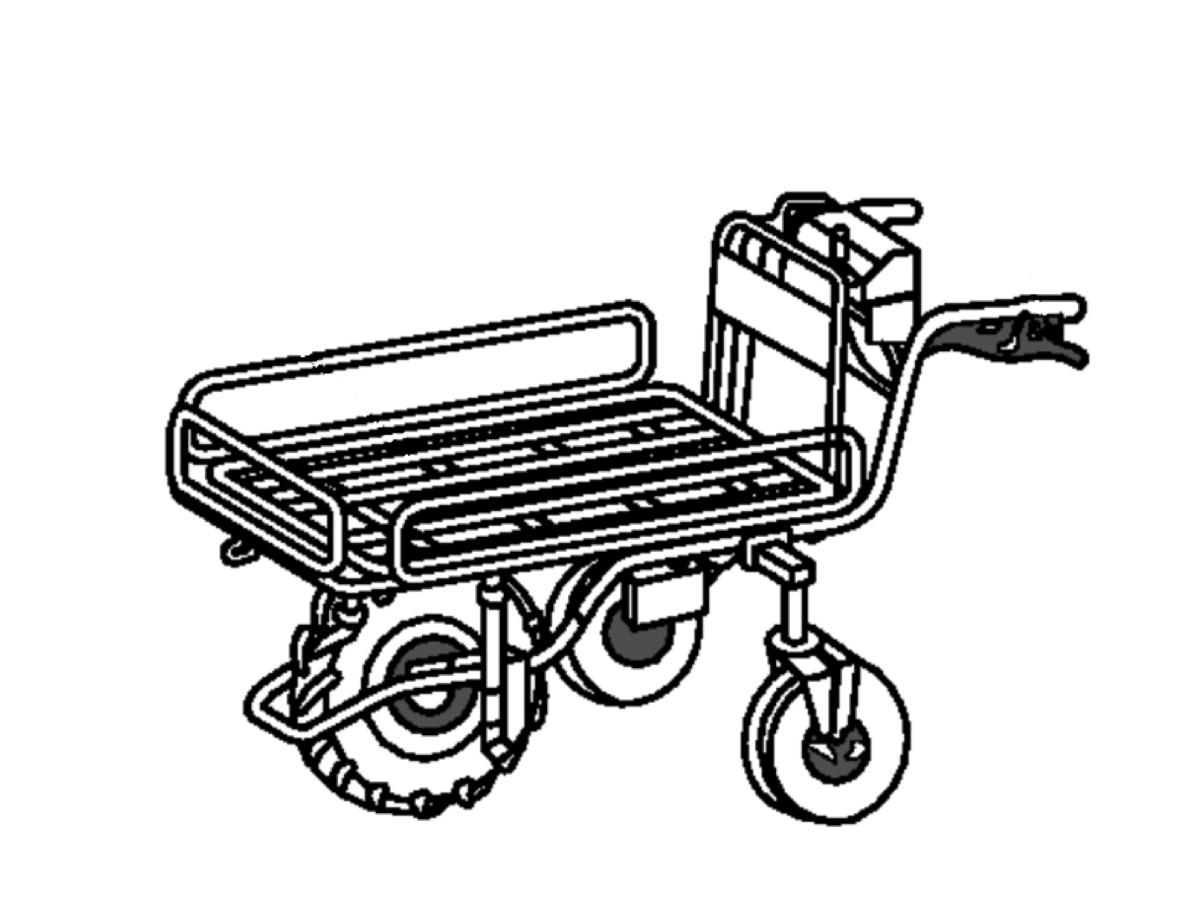June 19, 2020
At UL, we constantly try to stay in-step with and be responsive to industry needs. Battery powered utility machines are becoming more prevalent in the marketplace because consumers are looking for ways to make it easier to handle large loads. Advancements in technology such as lithium-ion batteries and brushless motors are meeting this need. This new standard has been developed to address the safety for these types of machines. For this reason, we have developed a new standard for utility machines. The first edition for a new standard for Electric Motor-Operated Hand-Held Tools, Transportable Tools and Lawn and Garden Machinery, UL 62841-4-1000: Particular Requirements for Utility Machines was published on June 19, 2020. Manufacturers could benefit from testing to this Standard since many of the utility machines employ lithium-ion batteries. Evaluating the battery and charger as a system to ensure compliance with the latest requirements for battery safety will help improve consumer safety and brand reputation. The Standard also addresses the mechanical safety aspects of the machine as well, such as stability, loading strength, hopper strength, lift strength, etc. So manufacturers and consumers will both know the mechanical safety aspects of the machine have been properly evaluated, too.
The new standard covers battery power-assisted utility carts, wagons and wheelbarrows, and are referred to as “utility machines.” Utility machines are intended to be attended and controlled by an operator in physical contact (physical presence) with the utility machine at all times and are not intended to be operated unattended or operate automatically. The standard also includes requirements to evaluate:
- Stability during transportation
- Braking requirements
- Handle strength
- Loading strength
Utility machines are used to convey inanimate goods, materials or equipment on land, typically gardens and construction sites. They are not intended for transporting the operator or any passengers.
In view of this publication, a lithium-ion battery system (the battery and charger) is also required to comply with the new requirements of UL 62841-1, which covers hand-held tools, transportable tools and lawn and garden machinery.
An existing Standard, UL 62841-1, includes new requirements for lithium-ion (li-ion) cells and battery systems and requires that the utility machine be evaluated as a complete system including the machine, battery pack and battery charger. Li-ion cells must comply with the Standard for Secondary Cells and Batteries Containing Alkaline or Other Non-Acid Electrolytes - Safety Requirements for Portable Sealed Secondary Cells, and for Batteries Made From Them, For Use In Portable Applications, IEC or UL 62133 which are essentially identical standards. This also includes the normal charging of li-ion systems where cells must be within the “Specified Operating Region” of the cell during the normal charging of the system. Charger manufacturers or utility machine manufacturers that manufacturer their own chargers are required to comply with the new li-ion system requirements. The specified operating region for charging is defined as the conditions for voltage and current during charging in which the li-ion cell is permitted to operate as specified by the cell manufacturer and are evaluated in accordance with IEC/UL 62133. When testing and evaluating systems with li-ion cells, the specified operating region must be known for both the voltage and charging currents and ensure they are not exceeded, even under fault conditions. Some of the additional requirements include a li-ion enclosure pressure test and a mechanical strength test.
Li-ion charging systems must also undergo abnormal component fault conditions. When the components in the charging system are faulted, the cells shall not exceed the upper limit charging voltage by more than 150 mV. If exceeded, the charging system must be permanently disabled from recharging the battery.
The components and the electronic circuits that comprise the battery system are considered to be critical with respect to its safety performance. Investigation of the charger alone is not sufficient under this certification program; the charger and battery pack are required to be investigated as a complete system.
The UL category, Lithium-ion Certification for Lithium-ion Battery Packs (BBOI), covers detachable or separable lithium-ion battery packs intended for use in battery-powered machines. The battery packs covered under this category are intended for use with an end-product machine whereby the complete system consists of a battery-powered machine, lithium-ion battery pack and a battery-charger unit.
The UL category, Lithium-ion Certification for Lithium-ion Battery-Charger Units (BBON), covers battery-charger units intended for use in battery-powered machines. To obtain certification for listing under this category, the battery charger must comply with the requirements in UL 1012, UL 1310, or UL 60950-1 AND UL 62841-1 (Annex K). The UL Category Control Number (CCN) for Lithium-ion Battery-Charger Units is (BBON).
Let UL help, contact us at ApplianceInfo@UL.com to determine how we can assist you in complying with these new requirements.
To learn more about this standard update, visit UL’s industry file review website.

